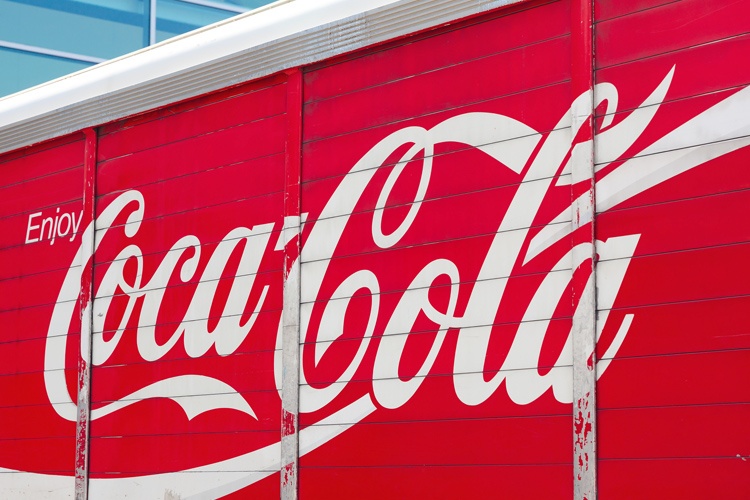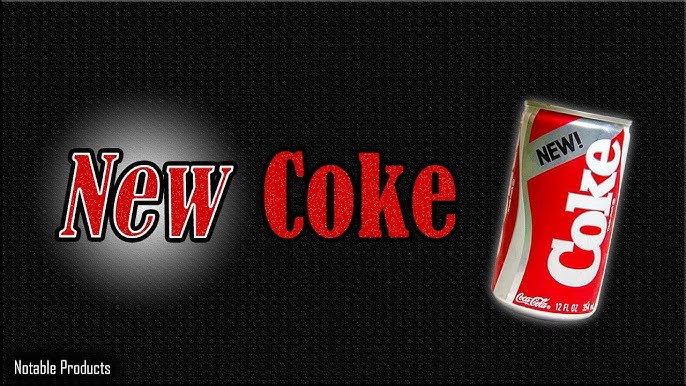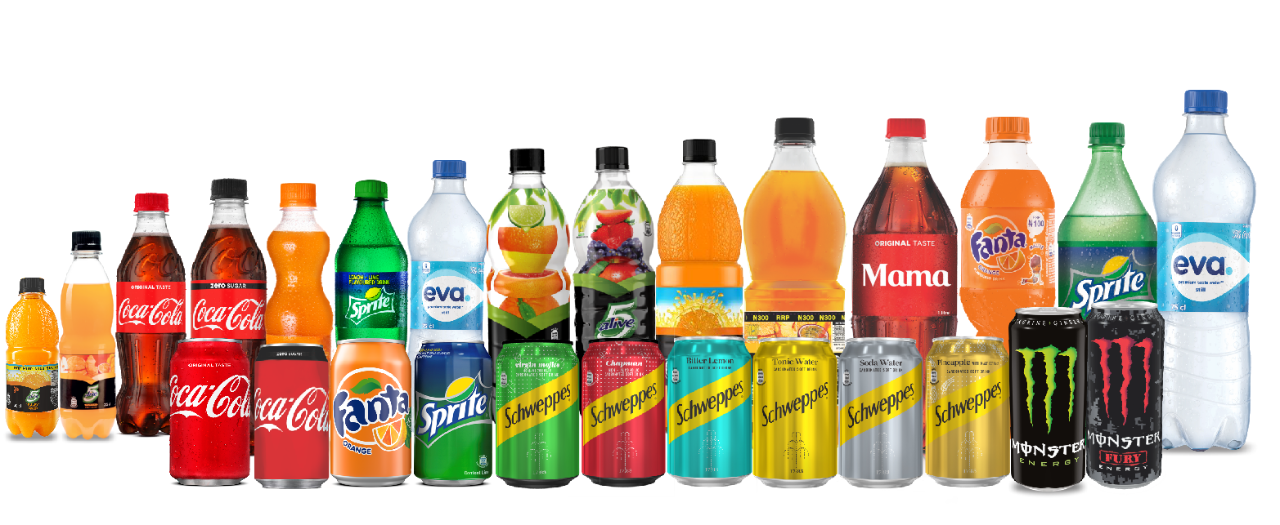Coca-Cola: A Legacy of Success, Controversy, and Resilience
Coca-Cola is one of the most iconic brands in the world, with a history spanning over a century. It has become synonymous with soft drinks, creating a massive global presence. This case study explores Coca-Cola’s success story, key crises, and scandals, as well as how the company has managed to remain a market leader for so long.
 Source: Internet
Source: Internet
The Success Story
Origins and Early Growth
- Coca-Cola was invented in 1886 by Dr. John Stith Pemberton in Atlanta, Georgia.
- The formula was later bought by Asa Candler, who aggressively marketed it and expanded distribution.
- By 1895, Coca-Cola was sold across the United States.
Market Domination
- Coca-Cola became a household name through branding, advertising, and distribution.
- By 1919, the company was sold to a group of investors for $25 million.
- The introduction of the iconic contour bottle in 1915 helped distinguish Coca-Cola from competitors.
- The company’s famous Santa Claus campaign in the 1930s reinforced its association with happiness and celebration.
- By the 1950s, Coca-Cola had expanded into more than 100 countries.
Product Diversification
- In response to changing consumer preferences, Coca-Cola introduced products such as Diet Coke (1982), Coca-Cola Zero (2005), and Coca-Cola Life (2013).
- The company expanded into other beverage categories, acquiring Minute Maid (1960), Dasani (1999), and Costa Coffee (2018).
- Today, Coca-Cola owns over 500 brands across more than 200 countries.
Financial Strength
- As of 2023, Coca-Cola’s annual revenue was $43 billion.
- It holds a global market share of nearly 50% in the carbonated soft drinks industry.
- The company spends over $4 billion annually on marketing and advertising.
Key Facts & Figures
- Founded: 1886
- Annual Revenue (2023): $43 billion
- Number of Countries Operated In: 200+
- Brands Owned: 500+
- Global Market Share (Soft Drinks): ~50%
- Annual Advertising Spend: $4 billion+
- Employees: 79,000+
Major Crises and Scandals
The “New Coke” Disaster (1985)
- In 1985, Coca-Cola reformulated its flagship product, replacing it with “New Coke.”
- The change sparked widespread backlash, with over 400,000 complaints from customers.
- Coca-Cola reintroduced the original formula as “Coca-Cola Classic” within 79 days, turning the fiasco into a marketing triumph.
 Source: Internet
Source: Internet
Racial Discrimination Lawsuit (1999)
- Coca-Cola faced a $192.5 million settlement after being sued for racial discrimination in hiring and promotions.
- The lawsuit led to significant changes in the company’s diversity and inclusion policies.
India Pesticide Controversy (2003-2006)
- A study in India found that Coca-Cola products contained pesticide residues 24 times above European standards.
- Sales dropped significantly in India, leading to factory closures and government scrutiny.
- Coca-Cola later invested in water conservation projects and sustainability efforts to repair its image.
Water Usage & Environmental Concerns
- Coca-Cola has faced criticism over excessive water usage, particularly in water-scarce regions.
- In 2007, it pledged to become water neutral by 2020, a goal it claims to have met by replenishing 100% of the water used.
Coca-Cola and Health Concerns
- The company has been accused of contributing to the global obesity crisis.
- In 2015, reports emerged that Coca-Cola funded research downplaying the role of sugary drinks in obesity.
- In response, Coca-Cola introduced low-sugar and no-sugar options and expanded its portfolio to include healthier beverages.
Strategies for Long-Term Success
Strong Branding & Marketing
- Coca-Cola’s brand is valued at over $89 billion, making it one of the most recognized in the world.
- The “Share a Coke” campaign (2011) personalized bottles, driving a 2% increase in sales.
Global Expansion & Localization
- Coca-Cola adapts its products to regional tastes. In Japan, for instance, it sells green tea and coffee variants.
- It has established a vast distribution network, ensuring availability in even the most remote areas.
Innovation & Product Adaptation
- The company has continuously introduced new beverages, including plant-based and functional drinks.
- Investments in sustainability and health-focused products help maintain relevance in changing markets.
 Source: Internet
Source: Internet
Crisis Management & Adaptability
- Coca-Cola’s ability to pivot quickly, such as during the “New Coke” crisis, has been key to maintaining customer trust.
- Transparency and corporate social responsibility efforts have helped it recover from controversies.
Conclusion
Coca-Cola’s longevity can be attributed to strong branding, global expansion, adaptability, and crisis management. Despite facing significant challenges, the company remains a market leader due to its ability to evolve and stay relevant in a changing world.